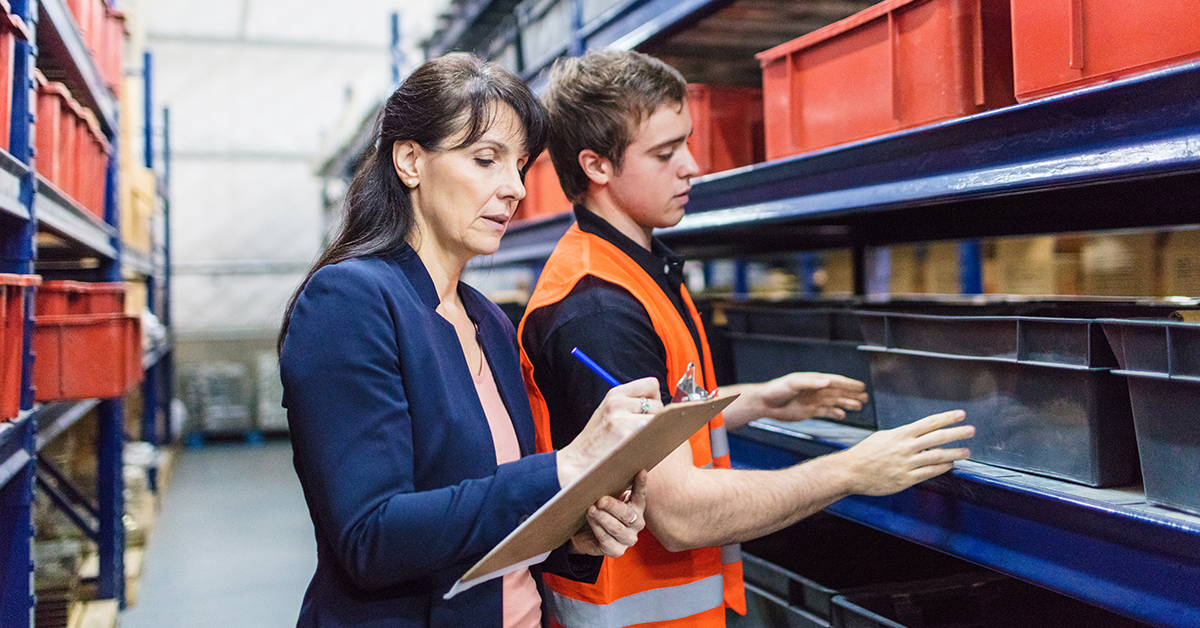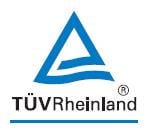
Step by step to a responsible supply chain
How a supplier audit proceeds — taking amfori BSCI as an example
New trade opportunities, more responsibility and a verified high level of compliance: show your customers and business partners that fair and safe working conditions and social and ethical sustainability are important to you. TÜV Rheinland supports you with amfori BSCI supplier auditing as you create a responsible supply chain.
amfori BSCI is geared to internationally operating companies that work together with supplier companies abroad. These supplier audits are useful for companies such as clothing brands that wish to strengthen their responsible business operations, both internally and in their supply chains. The member companies commit themselves to operate in accordance with the amfori BSCI code of conduct. Suppliers must ensure that their subcontractors also comply with this code of conduct. Compliance with the code is monitored by means of independent audits. TÜV Rheinland has been a member of this initiative ever since it was launched, and it has significant capacities in all of the relevant markets, including India, China, Bangladesh, Vietnam and Eastern Europe.
For example, Andreas Münch, the BSCI Scheme Manager at TÜV Rheinland’s Cologne headquarters, makes sure that the audit procedures and checklists of our auditors are always up to date according to amfori BSCI requirements. In the following interview, he explains the main steps of an amfori BSCI supplier audit.
How a BSCI supplier audit proceeds
1. Applying for the audit
Only suppliers who work together with an amfori BSCI member can be audited according to the amfori BSCI code of conduct. That means the customer must first become a member and disclose the names of all of its suppliers. These suppliers are then obliged to permit audits to be conducted as a condition of their continued cooperation with the customer.
The BSCI participant decides which supplier needs to be audited when and can also specify an auditing company to conduct the audit, e.g. TÜV Rheinland. “The BSCI participant must fulfil certain obligations set by amfori, e.g. what percentage of the suppliers are to be audited in which time frame”, Münch explains. The suppliers commission the audit via the amfori BSCI platform, and the responsible company must agree to this application.
"The company must have audited at least one third of its suppliers within three years and the next third within the following three years." - Andreas Münch
2. Preparing for the audit
The supplier must first sign an agreement regarding the conditions for conducting the audit. Next, TÜV Rheinland establishes the key data: the location, management system, product categories, working times, and the languages and gender ratio of the workforce. Translators are hired as needed. Suppliers are encouraged to complete a self-assessment on the BSCI platform to become familiar with the requirements of amfori BSCI and prepare for the audit.
There are three types of audits: fully announced audits (the producer is informed of the audit date), semi-announced audits (the producer is informed of a one-month time window during which the audit will take place – the type most frequently used), and unannounced audits. We send the supplier an audit plan and a list of all the necessary documents.
3. An on-site supplier audit
The audit begins with an opening meeting in which the goal and procedure of the audit are explained. Next, the auditors investigate whether the supplier is complying with the requirements. “We conduct confidential interviews with the employees and managers, review documents such as management system procedures, employment contracts, working time and payroll records and compare these documents with the actual working conditions. We take photos of the site conditions and work operations during a tour of the premises, and we document our audit results on the amfori BSCI platform. The onsite audit usually takes between one to three days, and the report will be available within two weeks after the audit,” says Münch.
During the confidential interviews with employees, the auditors watch out for issues like discrimination, and in their tour of the premises they are on the lookout for child labour and gaps in the safety system. The audit ends with a closing meeting.
4. The audit results and the audit report
The auditors document deviations from the requirements of the amfori BSCI code of conduct and have the supplier sign this document. Depending on the degree of compliance, the result of the audit can lie between A (Outstanding) and E (Unacceptable). Customers and suppliers have access to the audit results in the BSCI platform.
5. Follow-up audit — if necessary
If the audit resulted in a score C, D or E, a follow-up audit is necessary to verify the implemented corrections. “We can direct this audit according to the problems involved. For example, if only the fire protection system needs improvement, we focus the follow-up audit more on that,” says Münch. The supplier must make the required corrections within a period of 12 months. If this is not done, another complete audit is necessary.
6. A repeat audit
A full audit according to the amfori BSCI standard is valid for two years. A repeat audit extends the period of validation by an additional two years. Amfori encourages its members and suppliers to go beyond the minimum requirements of the amfori BSCI Code of Conduct and to continuously improve their systems and performance. Certifications like GlobalGAP and SA8000 are recognized by amfori and can reduce the required efforts for amfori BSCI audits. TÜV Rheinland is the right partner for those certifications as well. “We support our customers with regular audits of their implementation and reliable compliance with those international standards,” Münch explains.
Keen to conduct a supply chain audit on your company? Reach out to one of our experts now to find out more:



